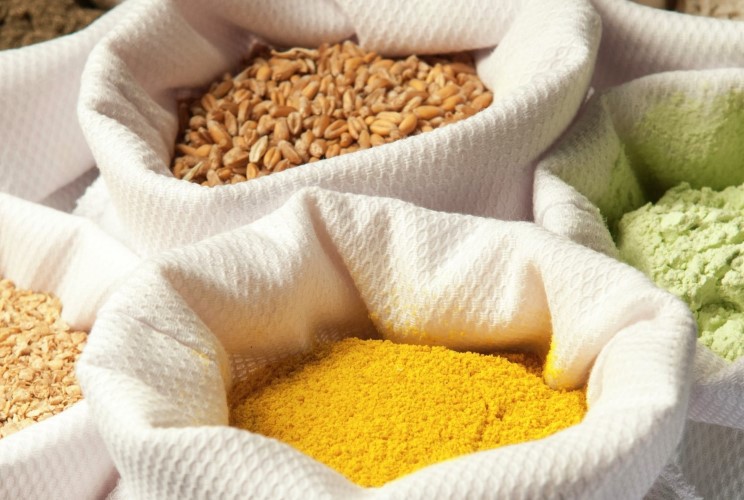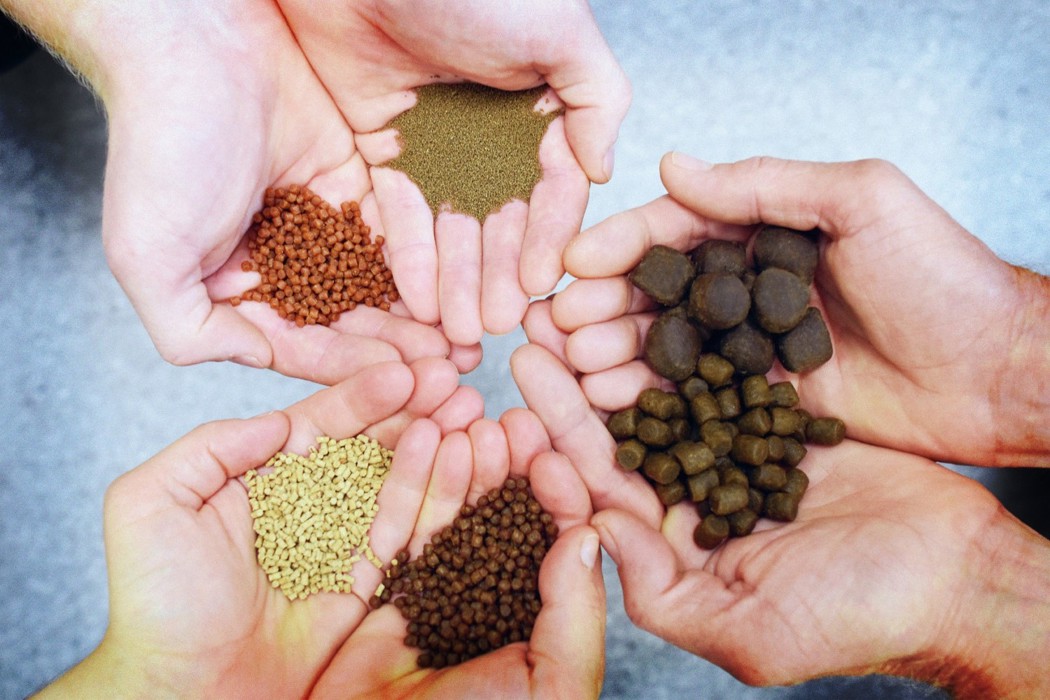Are Skretting feeds sustainable?
Skretting is committed to make feeds that meet global sustainability requirements in line with the United Nations Sustainable Development goals (SDGs). Sustainable feeds are essential to support the growth of aquaculture as one of the world's most efficient protein production methods.
We depend on common natural resources globally to produce feed ingredients. Our ingredients are sourced from suppliers that can demonstrate that their business is responsibly and sustainably managed. Skretting aquaculture feeds grow more and more sustainable every day. Although traditionally a lot of marine raw materials like fish oil and fish meal were used in feed production, this is no longer the case.

Responsible sourcing
In order for aquaculture to grow in a sustainable manner, Skretting invests in continuous R&D into raw materials and technologies to ensure we are fully flexible when it comes to feed ingredients. We depend on common natural resources globally to produce feed ingredients. Our ingredients are sourced from suppliers that can demonstrate that their business is responsibly and sustainably managed. A key focus for Skretting moving forward is on the use of novel raw materials that do not compete with human consumption. These may include insect protein, microbial protein and algae products.
To further facilitate sustainable aquaculture and live up to our responsibilities and ambitions, Skretting adheres to the vision and actions provided by our global sustainability programme, throughout our business.
Feed-to-food quality and safety
In addition, our feed to food quality and safety system, Nutrace, ensures that our customers and end consumers can have full confidence with regard to feeds in the farmed fish value chain. Skretting combines the latest technology and science with the dedication of our staff to produce the highest quality feed. We do our utmost to ensure that our business operations adhere to our own strict environmental guidelines.
